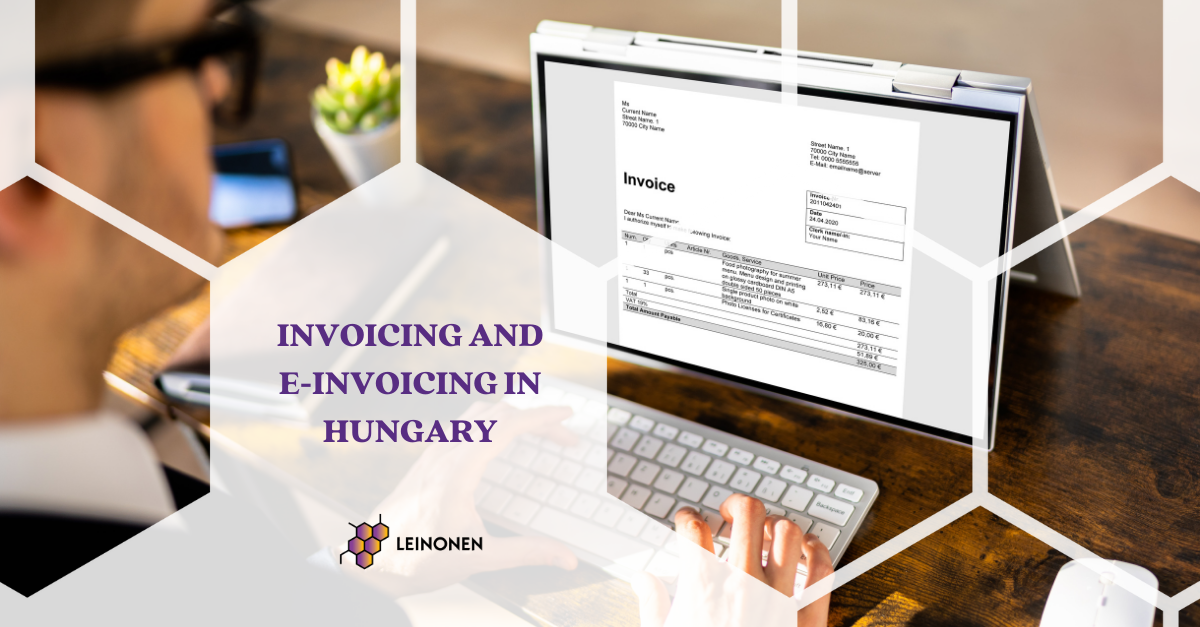Hungary has not implemented the SAF-T system yet, but it has a more detailed system for several years. Since the data of every issued invoice have to be provided to the tax authority immediately, manually issued invoices have practically disappeared from the economy and from accounting. Invoices can only be issued with a software connected to the tax authority, which can perform this data provision automatically. Fortunately, there are several such systems, most of which can be used online or even from a mobile phone.
According to Hungarian regulations, there are paper-based and electronic invoices. However, paper-based does not necessarily mean paper anymore, because an invoice sent in PDF format even by email is considered as such. It is not necessary to print it, we can also store it electronically. Since the companies are obliged to maintain electronic contact with the authorities, the tax authority also requests the documents this way in the event of an audit.
The electronic invoice differs in that here the invoice itself is an xml file that can be read by various accounting programs, but we cannot interpret it. That is why they also attach a human-readable pdf file, but it is not the invoice, because the invoice is the xml file. Therefore, the electronic invoice can only be transmitted to the customer electronically. These xml files must be stored in this format.
The most popular online invoicing systems can issue both paper-based (pdf) and electronic invoices. Currently, in Hungary, the customer’s consent is still required for electronic invoicing, but this may change soon. The online invoicing platforms are easy to set up and use, but we must keep in mind the basic cyber security rules for these applications as well.
For the time being, electronic invoicing is primarily beneficial for larger companies that process large amounts of invoices because it speeds up administration and significantly reduces the possibility of errors. There is no additional cost for its use, but the accounting system must be able to process the invoices received in this form. With the spread of modern, often cloud-based systems, this form of invoicing will also grow in popularity.
For more information on how we can help you get started with e-invoicing in Hungary and for advice on what practical steps you can take towards automation please contact us today.





